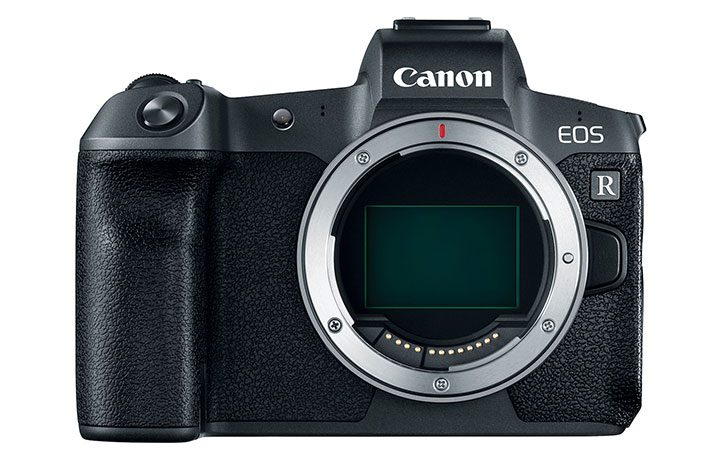Roger and Aaron at Lensrentals.com have continued their series of taking apart new cameras and lenses, this time doing a teardown of the brand new Canon EOS R.
From Lensrentals.com
It was rather a boring disassembly, really, about what we should expect for Canon doing a Canon 6D Mark II quality mirrorless camera. It’s neatly laid out and nicely engineered inside. One thing that struck me is that it’s not very crowded inside there, or as we like to say ‘they left a lot of air inside’……
Do I think future Rs are going to have IBIS? No, I don’t. Canon has been very clear that they think lens stabilization is superior. The space is probably just a matter of ergonomics and perhaps heat diffusion. But there’s certainly room for it. Read the full article
You can rent or buy the Canon EOS R now.


Could be describing me or anyone of us I guess ;)
If there is going to be a 50mp DPAF sensor, more power will be needed, and be it dual Digics or a higher powered Digic, it will need to dissipate more heat. Batteries also generate their own heat too. If you charge it in camera, it will warm up the entire camera, by itself, its not significant at room temperatures, but when its 100+ degrees outdoors, all those heat sources become significant. Canon has been traditionally very conservative, and does not push components to their ultimate capacity which is why we see relatively few overheat issues, but they do happen.
a) attach different sized heat sinks to dissipate the heat generated by multiple DIGICs or higher powered DIGICs *OR*
b) allow you to attach a "Nitro cooler" - a small(ish) compressed cylinder of nitrogen to regularly "puff" and cool off the camera interior
:p:p:p:p
Canon UK specs: "Magnesium Alloy body and polycarbonate with glass fibre parts."
http://www.canon.ca/en/Features/EOS-R/EOS-R-Camera
From the Merriam-Webster 11th Collegiate Dictionary:
"Chassis: the supporting frame of a structure (as an automobile or television)"
I don't think Roger is confusing plastic with metal. Somewhere in the plastic shell are magnesium alloy ribs or beams that add strength. That would be enough for the marketing department to make hay.
If you look closely at the alloy photo, just under the EOS logo there are two steps (it is the same around the body, but this is a good reference point without creating images). In the stripdown photo from Roger, it looks like the beige material fills the lower step (this is glass filled polycarbonate). In other words, they may have over-mould the polycarbonate over the alloy body. This will provide strength and impact resistance but with minimal additional weight the same wall thickness in the alloy would have.
Roger also noted the polycarbonate had a "slightly rough surface" - that's the glass fibre.
Therefore, both Canon and Roger are correct. I'd be very surprised if Canon replaced the front plate entirely.
It is magnesium alloy, as they say, but it's got quite a different feel to it.
Rodger did a fantastic tear-down. I think we can move on from what the shell is made of at this point, unless someone has definite Insider knowledge, or has cut a cross section of the shell for us.